The majority of Ghana's road medians, which purposefully serve as spaces for planting ornamental trees, have now become spaces for trash and weedy sand mounds.
Globally, medians are constructed as important features of road designs with attractive green outlooks.
But in Ghana, the beautiful scenery from median strips dressed in lawns and decorated flowers turn miserable displays over time.
At the Kejetia Market in Kumasi, the once green, attractive medians close to the Otumfuo Roundabout are now an eyesore.
Nearly a year ago, the local assembly erected metallic fences on the medians after the greens were trampled upon.
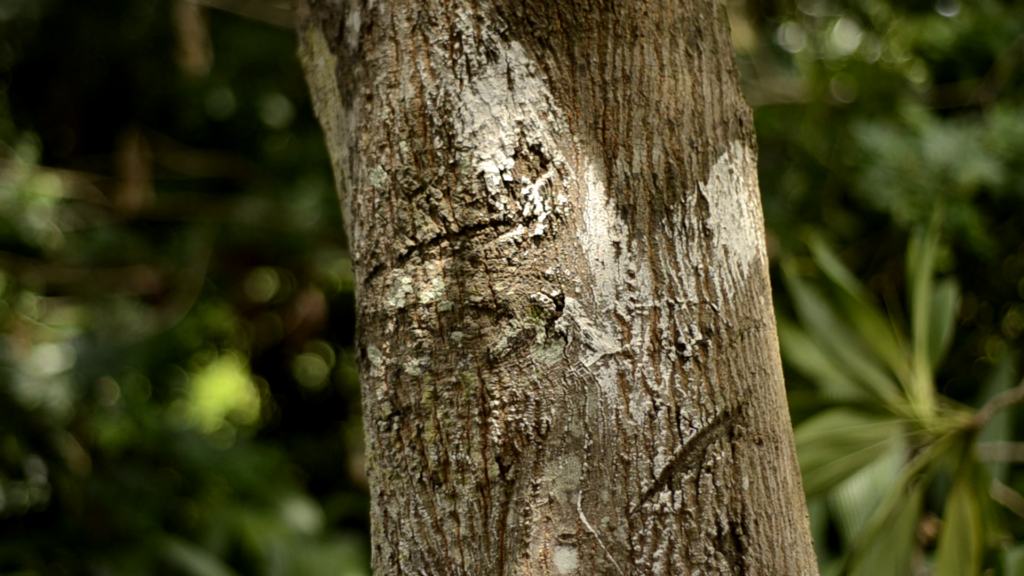
The intention was to grow ornamentals within them.
But the structure purposely created for beautification is now a den of garbage heaps, with parts of the metallic fence vandalized.
“When they first constructed the roundabout, it looked beautiful with the green grass. Soldiers prevent people from walking on the lawns. But now it has been destroyed. People even dump refuse there,” Kofi Adu, a shoe vendor at the market, said.
In response to the development, Kumasi Mayor, Sam Pyne explained that the present atmospheric conditions are not conducive for immediate planting of the ornamentals, although the assembly has received some tree planting materials.
“We are going to green the medians over there. We should have done that last year but because of the dryness of the season we couldn’t. We don’t want a repeat of planting trees in the dry season, and it would be another scandal for the assembly. Work is commencing soon. They’ve brought some of the black soil and other materials,” he said.
Human-induced desertification and filth along some medians in the Greater Kumasi metropolis may be the least of the worries.
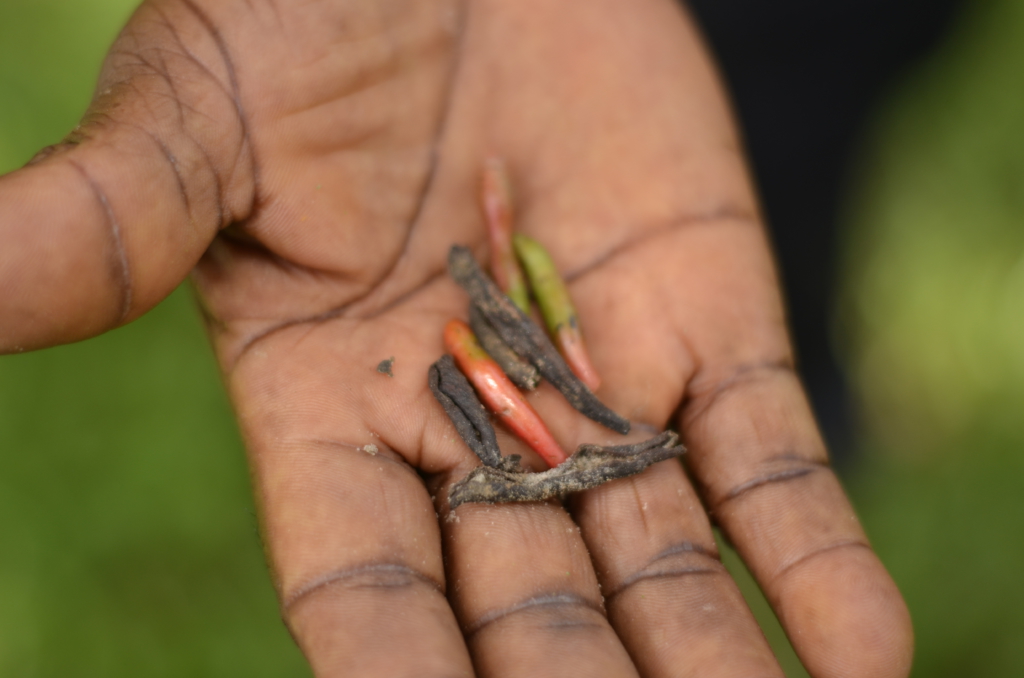
While the government looks at restoring degraded lands in the country, medians on the roads have been left without beautification.
At Sokoban, the median on the stretch from the Atinga enclave to the township has been cemented with no space left for tree planting.
The over 3-kilometer stretch of road was constructed almost three years ago.
Disturbingly, neither the entire road median nor the shoulders have a designated bare ground for tree planting.
“There were a lot of trees here, but they’ve cut down all of them. That’s why the place doesn’t look attractive anymore,” Kofi Owusu, a welder in the community, said.
Another resident continued that: “I am worried and concerned. When you visit other communities in the city, you’d notice that they’ve planted trees on their medians for them, but that’s not the case at Sokoban”.
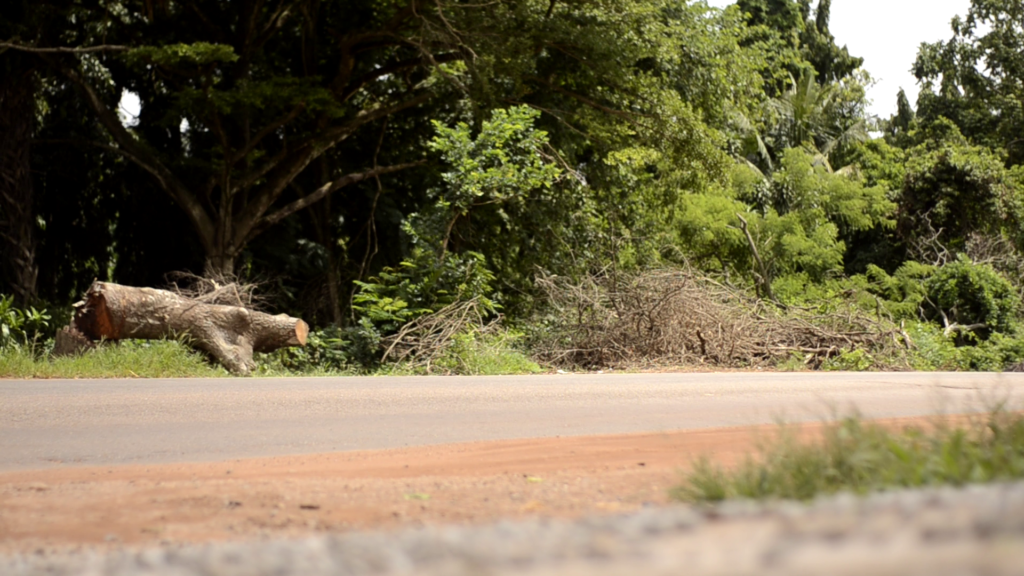
However, Kwaku Atefa - a carpenter - believes the lackadaisical attitude of authorities in-charge of caring for the trees is the reason for the absence of the trees on medians.
“Trees are no longer grown on the medians because those in-charge do not tend to them,” he emphasized.
Admitting the median had been concreted, the Kumasi Mayor, Sam Pyne says technology to perforate portions of the median for tree planting will be employed.
“We’ve spoken to the engineer who says they have a technology that would allow the planting of some trees or any vegetation we want there. I have had discussions with the AMADEE Mission in Kumasi, and they are ready to partner us. We definitely would have to remove the concrete before we can plant the trees,” he assured.
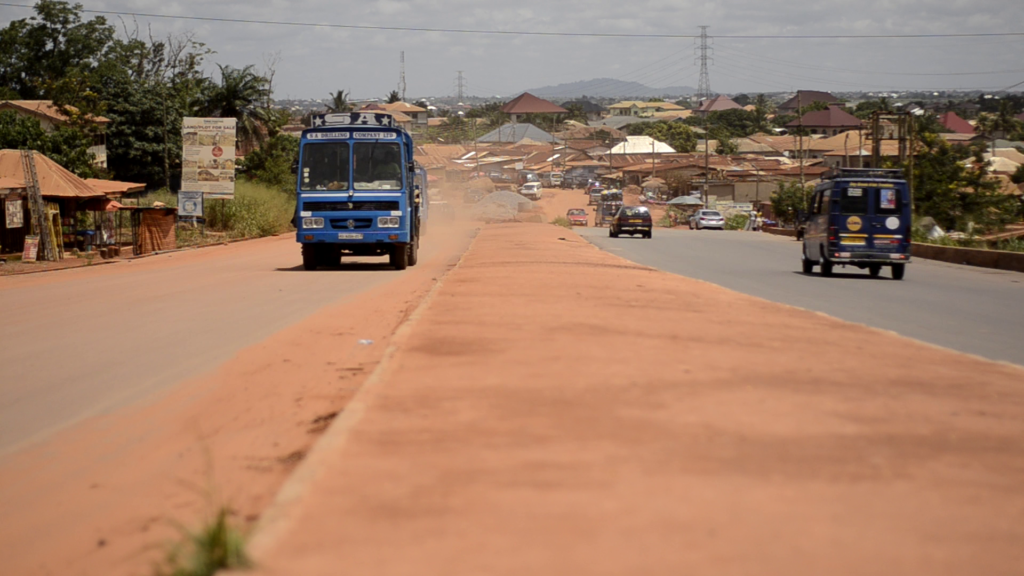
Unhappy with the development, Ashanti regional landscaper, Seth Mensah, suggests non-concreted median for tree planting to conserve the road.
“It shouldn’t be that after the road has been constructed that’s when you are severing the road for this. Only where people cross to the other side of the road must be concreted. The other portions must be left for tree planting. It beautifies the area and preserves the land. All stakeholders must be involved so that this can improve the environment and the city at large,” he said.
In the last three decades, Kumasi has lost over 200 hectares of trees to urbanization and road constructions.
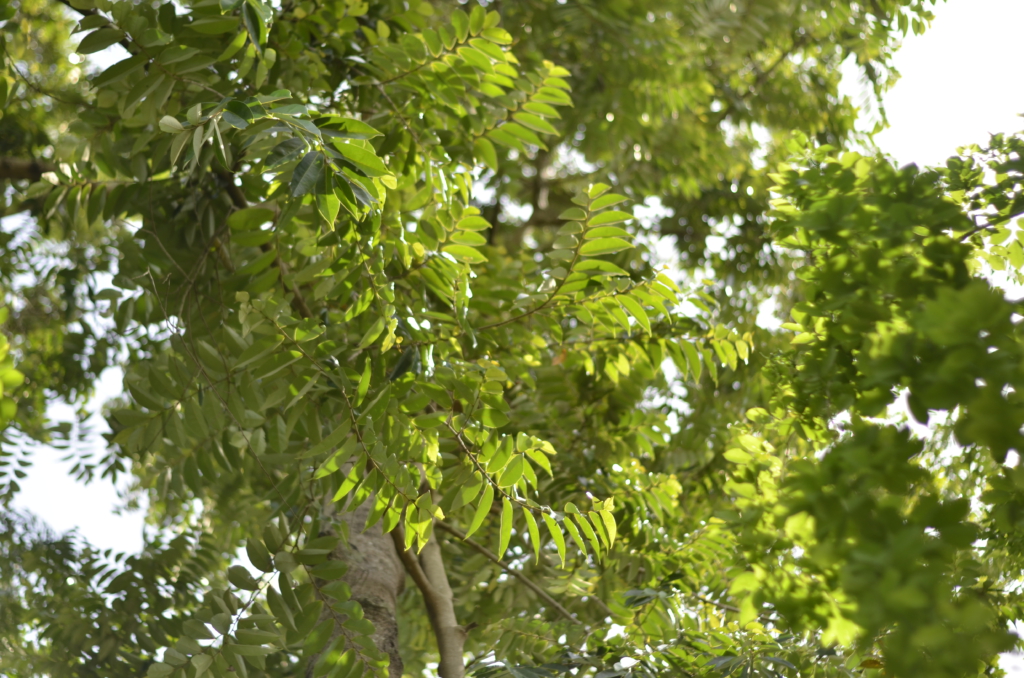
According to the Global Forest Watch, Kumasi had 2.46 kilo hectares of tree cover which extended over 8.9% of its land area.
However, the city lost 66.4 hectares of trees in 2010 - equivalent to 46.5 kilotonnes of Carbon dioxide emissions.
An ongoing road construction from South Suntreso to Santasi Roundabout, for instance, has affected some indigenous trees along the stretch including medicinal trees at the frontage of the Department of Parks and Garden.
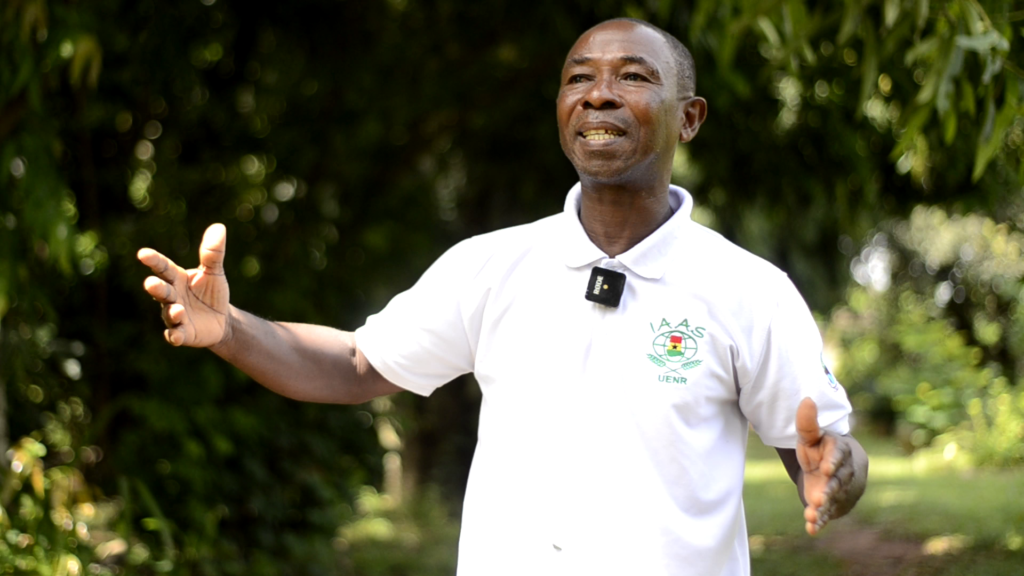
Head of the Department, Seth Mensah is anxious the affected trees may go extinct.
“There are some trees we can hardly get them. Some are medicinal. The only Ethiopian pepper within the garden will soon be cut down because of the road construction ongoing. Once it has been cut off, how can students that come here for educational tour be familiar with it,” he lamented.
With infrastructure fast expanding in the city, many residents are only hoping that the assurances from the local assembly would materialize to restore Kumasi’s landscape to the enviable accolade of the Garden City of Ghana.
Latest Stories
-
Bawumia dominates but NDC supporters back Ken Agyapong in NPP race – Survey
3 minutes -
Open Letter to the President: Galamsey is dead; what we face now is environmental terrorism, crash it now
6 minutes -
Inaki Williams defends brother Nico after fans erase image from mural amid Barcelona transfer rumours
15 minutes -
Next Joy Business Economic Forum comes off on June 25, 2025
36 minutes -
Scars of Hooliganism: Club officials know their hooligans – Eric Alagidede
48 minutes -
Cybersecurity must be core to financial governance – BoG First Deputy Governor
1 hour -
Scars of Hooliganism: Violence drives away sponsors for the league – Kwesi Nyantakyi
1 hour -
Kumasi Airport City project takes off – Asantehene calls for policies to attract local private capital
1 hour -
Borderless Africa key to SME growth and economic independence – Prof Evans Gyasi
1 hour -
Scars of Hooliganism: Identifying hooligans in big crowd is challenging – Ghana Police
1 hour -
Trade Growth Network launched to empower Ghanaian SMEs and promote intra-African trade
1 hour -
‘We could have scored seven’ – Black Queens coach happy with friendly win over Malawi
1 hour -
Rebecca Ekpe shares vision as she targets GJA Vice President position
2 hours -
Ghana stun Uganda in opening game of 2025 Rugby Africa Men’s 7s in Mauritius
2 hours -
Declaring state of emergency over illegal mining premature – Mustapha Gbande
2 hours
